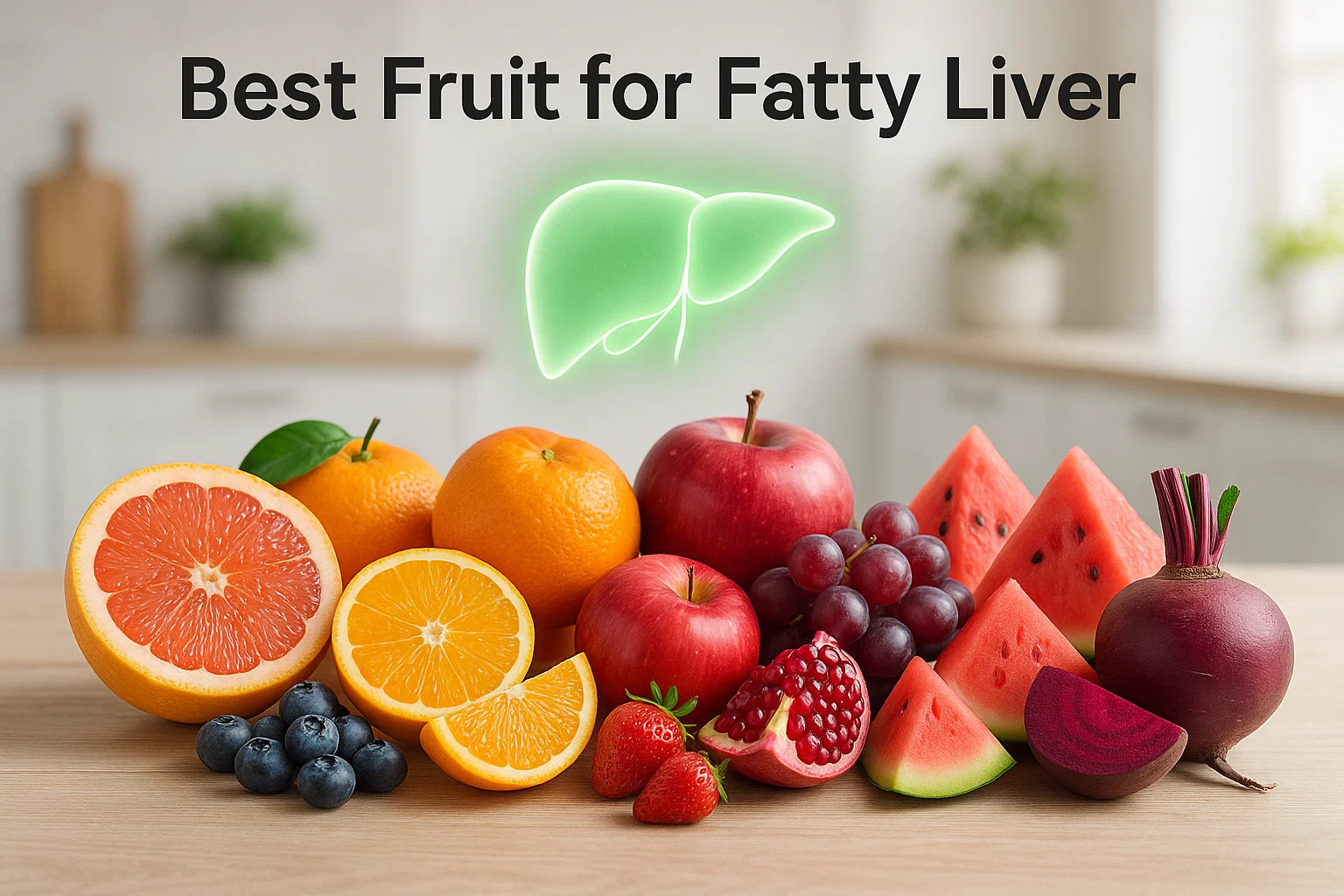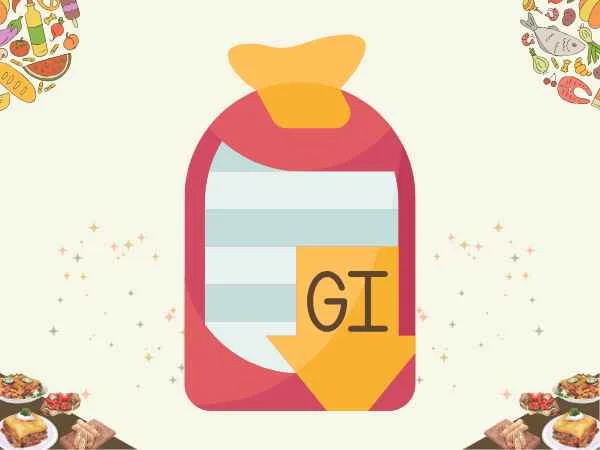In the last few years, experts have dropped the hype and zeroed in on research-backed ways you can help your liver feel and work its best—especially if you struggle with fatty liver. Most people now know that the liver cleans your body naturally, but what you eat can make a massive difference in how easily and effectively it does this crucial job. This is especially true for certain fruits, which offer unique natural compounds proven to reduce liver fat, fight inflammation, and boost liver repair.

Why trust generic lists when you can have the real story from today’s clinical studies and biochemical insights? Here, we break down the very best fruit for fatty liver using plain English, focusing on how and why these fruits work, what the key nutrients do, and simple, doable ways to fit them into everyday meals.
You’ll see how grapefruit and oranges go beyond vitamin C, why apples are more powerful than you think, and what research says about berries, grapes, pomegranate, watermelon, and beetroot. Along the way, you’ll get an easy-to-follow, research-based, 7-day meal plan that’s practical and delicious. Let’s dive into the details that matter for your liver’s health!
1. Grapefruit: The Fat-Burning, Liver-Healing Powerhouse
What makes it special: Grapefruit is packed with a compound called naringenin, which scientists have called a “fat-burning flavonoid.” Instead of simply providing vitamin C, naringenin activates a kind of metabolic “switch” in liver cells called AMPK (Adenosine Monophosphate-Activated Protein Kinase). What does that mean in plain terms? It triggers your liver to actively burn away excess fat, ramp up energy use, and slow down extra fat storage—key for fighting fatty liver. One 2021 study on non-alcoholic fatty liver disease (NAFLD) showed that naringenin can literally change how your liver breaks down and uses fats.
Bonus tip: Grapefruit juice is one of the best drinks for fatty liver repair, but it’s important to note grapefruit can affect how your body handles certain medications—especially those broken down by a liver enzyme called CYP3A4. Always check with your doctor if you’re on prescribed meds.
2. Naringin-Rich Citrus Fruits: More Than Just Vitamin C
Why they’re important: Oranges, grapefruits, and other citrus fruits provide another powerful compound called naringin (closely related to naringenin). In animal studies, naringin helps protect the liver from fat buildup caused by sugary diets and improves levels of important liver enzymes (called AST and ALT), showing the liver is less irritated or damaged. Eating citrus whole, rather than just as juice, means you also get more fiber to stabilize blood sugar and help the liver filter toxins.
Simple swaps: Trade sugary desserts for an orange or mix fresh citrus slices into salads for better taste and liver support.
3. Apples: Everyday Detox with Power-Packed Simplicity
Why apples matter: Don’t dismiss apples as “just another fruit.” Gastroenterologists say eating two apples a day actually helps lower your risk for fatty liver, boosts fiber, and increases antioxidants that fight inflammation. Apples have special natural chemicals called polyphenols (like quercetin and chlorogenic acid) that help your body’s detox process and support your liver’s efforts to flush out harmful compounds.
How to eat them: Keep the peel on—most of the fiber and antioxidants are just under the skin!
4. Oranges and Other Whole Fruits: Lower Liver Fat, No Crash Diets Needed
The science here: A controlled clinical study on people with fatty liver (MASLD patients) showed that simply eating oranges every day—without changing calories or even losing weight—meaningfully reduced liver fat. That’s exciting because it means you don’t need to overhaul your whole diet to help your liver; a simple orange with lunch or as a snack packs in vitamin C and “phytochemicals” known to protect and repair liver cells.
5. Berries, Grapes, Pomegranate, Watermelon, and Beetroot: Multitaskers for Ultimate Liver Support
What’s special about these fruits:
Berries: Loaded with antioxidants like proanthocyanidins, berries ease liver inflammation and help your body break down fats more cleanly.
Grapes: Their famous compound, resveratrol, fights oxidative stress and improves how your body handles sugar—both crucial for keeping the liver happy.
Pomegranate: Provides ellagic acid, which helps the liver create and activate its own detox enzymes, speeding up removal of toxins.
Watermelon: About 92% water, it hydrates your body and helps keep blood moving—good for delivering nutrients and clearing waste from the liver.
Beetroot: Packed with nitrates and betalains, beetroot increases oxygen delivery to liver cells and supports healthy liver function.
A mix of these fruits not only tastes amazing but gives your liver the multitool support it needs.
6. How Much Fruit is Best? Moderate, Research-Smart Intake
A massive meta-analysis (involving nearly half a million people!) found that eating more fruit lowers your risk of getting fatty liver, with the odds reduced by about 12%. But there’s a catch: more than 4 servings per day actually made liver fat and some metabolic problems worse for people already managing fatty liver.
Bottom line: Aim for 2–4 servings of fruit a day, eaten whole (not juice), and spread out in balanced meals.
7-Day Meal Plan for Fatty Liver (Simple, Practical, Delicious)
This easy meal plan works research-proven fruits into your breakfasts, lunches, and snacks. Each day features at least one “best fruit for fatty liver” so you get the benefits all week—without ever feeling deprived or bored.
| Day | Breakfast | Lunch | Snack |
|---|---|---|---|
| Day 1 | Greek yogurt mixed with ½ grapefruit and flax seeds | Orange & mixed greens salad | Apple |
| Day 2 | Smoothie of water, strawberries, and blueberries | Beetroot-cucumber raita | Grapes |
| Day 3 | Overnight oats with pomegranate arils | Grilled chicken with orange segments | Watermelon |
| Day 4 | Apple-cinnamon oatmeal | Spinach salad with grapefruit | Mixed berries |
| Day 5 | Orange wedges with chia pudding | Quinoa with roasted beetroot | Grapes & walnuts |
| Day 6 | Smoothie: berries, watermelon, flax seeds | Turkey wrap with apple slices | Pomegranate |
| Day 7 | ½ grapefruit, chia seeds | Salmon and mixed fruit salad | Beetroot smoothie |
How to use this plan:
Start your day with fruit and fiber combinations.
Use citrus and apples as salad toppers, or snack on berries and grapes between meals.
Include vegetables (like beetroot and greens) with your fruits to maximize phytonutrient benefits.
For drinks, stick with water or unsweetened herbal teas to avoid sugar overload.
FAQs
Which fruit is best for detoxing the liver?
Grapefruit is at the top thanks to naringenin, but the smart approach is to combine it with apples, pomegranate, berries, and oranges—each offers something different your liver needs.
Is grapefruit really good for fatty liver?
Yes! Scientific studies show grapefruit’s key nutrient, naringenin, actually helps your liver burn fat. Just be careful if you take medications metabolized by the liver, as grapefruit can interfere.
Can you “detox” your liver in 7 days?
Your liver naturally cleans (detoxifies) your body every day. You can support that process in a week by cutting out alcohol and processed sugars, and adding whole fruits and research-based meals—like those in this 7-day plan.
Is a quick 3-day liver cleanse real?
No. The liver works nonstop—quick fixes don’t restore it. But even in 3 days, eating more berries, apples, and grapefruit (and less junk food) starts to lower inflammation and stress.
Conclusion: The Science-Supported Fruit Lineup for a Healthy Liver
By 2025, people no longer believe in miracle “detox” quick fixes. What works is a smart, rotating mix of science-backed fruits:
Grapefruit and other citrus for fat burning and anti-inflammatory effects
Apples for daily antioxidant and fiber support
Berries and grapes for repairing oxidative stress
Pomegranate and beetroot to boost detox pathways and oxygen to liver cells
Watermelon for hydration and nutrient circulation
The best juice for fatty liver repair? Fresh grapefruit juice in moderation, always with a doctor’s sign-off if you’re on meds. The best food for fatty liver? Whole fruits, especially oranges and apples, eaten daily.
The how to repair liver damage naturally answer? No one magic fruit. Instead, build your regular meals around these natural powerhouses, support your body with leafy greens, lean proteins, and cut the alcohol and processed foods.
If you treat your liver right with a balanced, evidence-based diet—including the fruits above—it’ll work better for you every single day. And that’s something the research, and your body, will thank you for.


